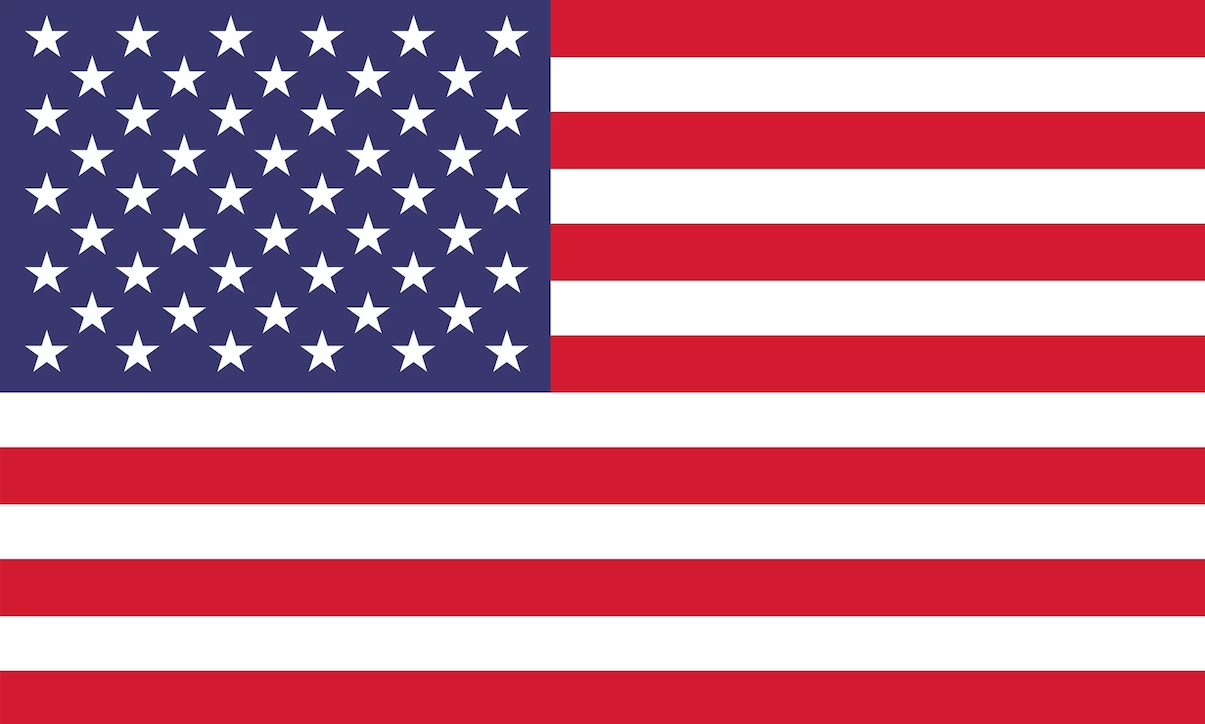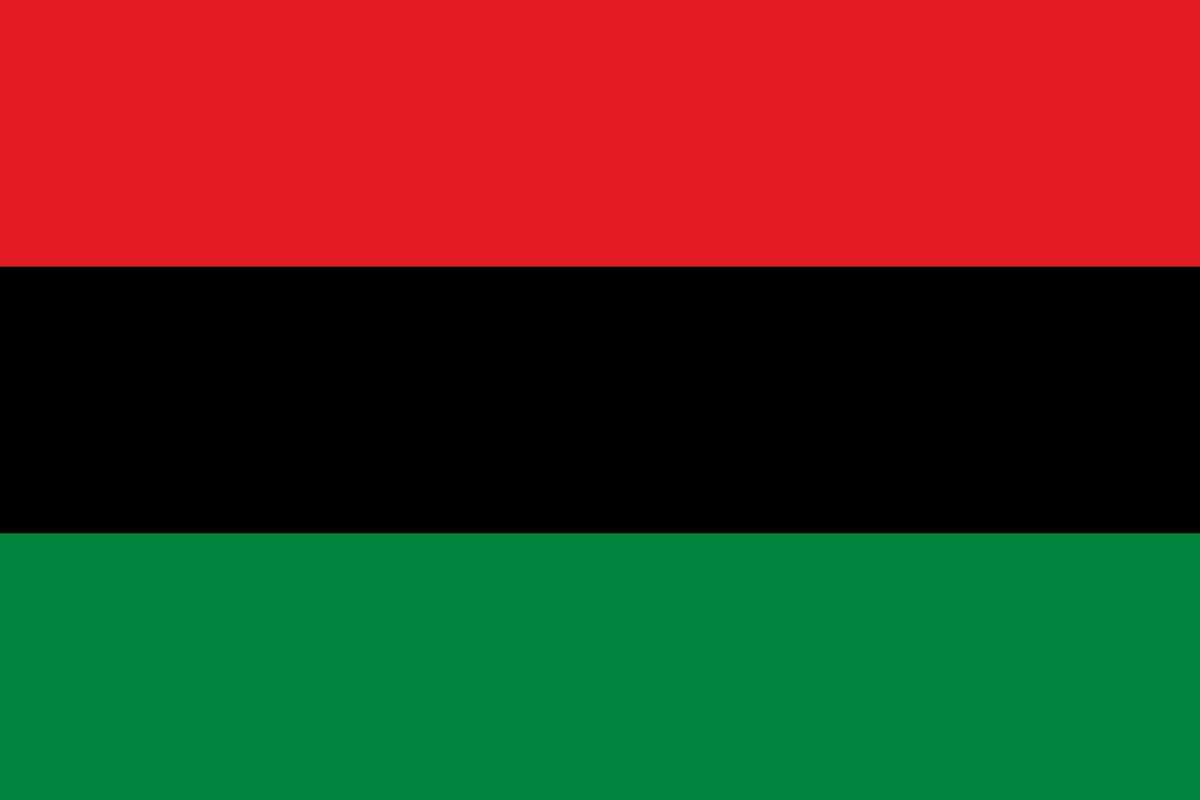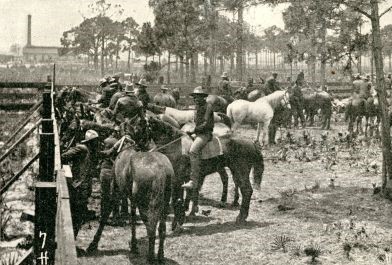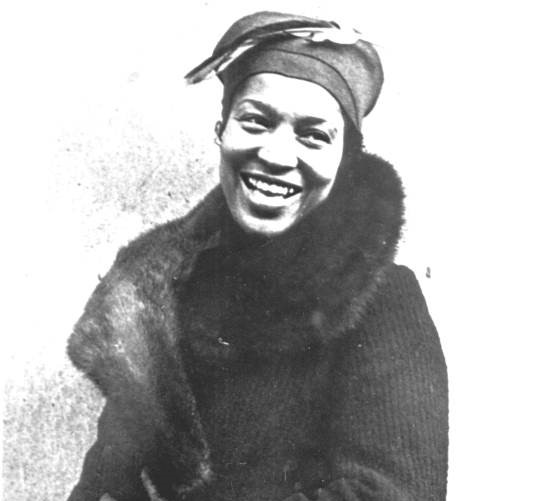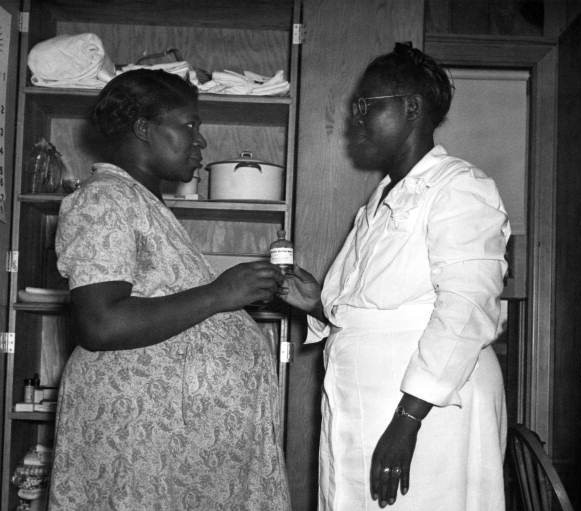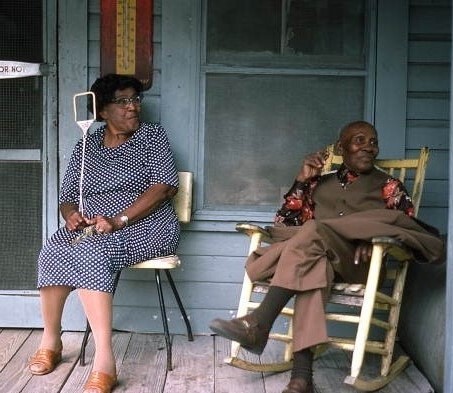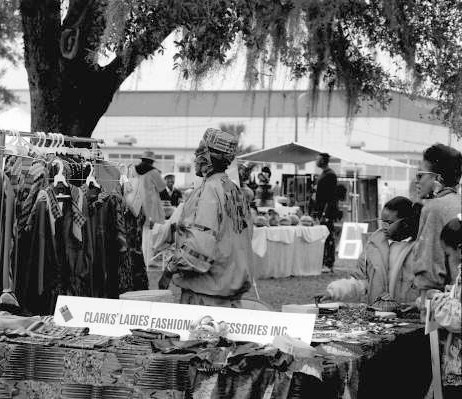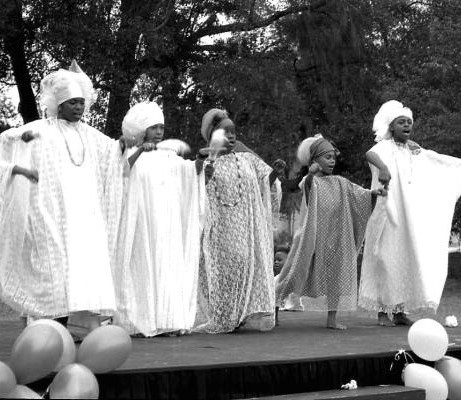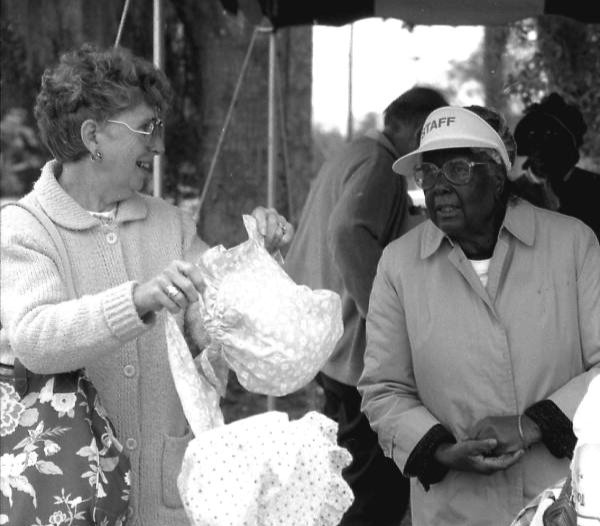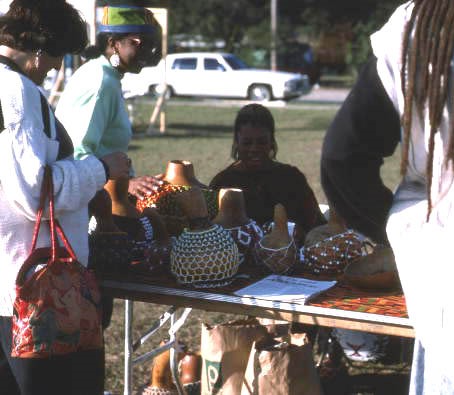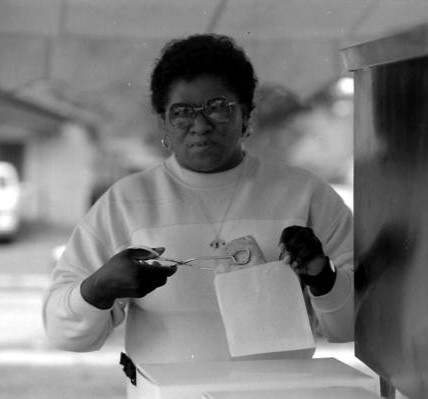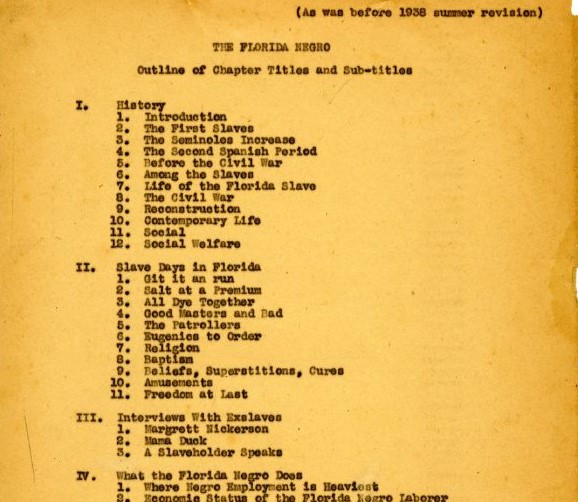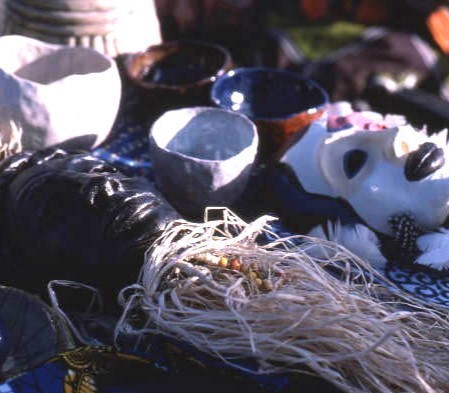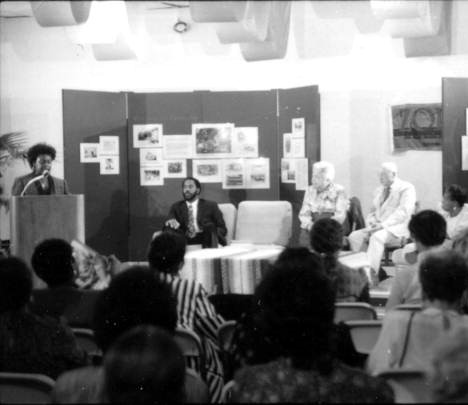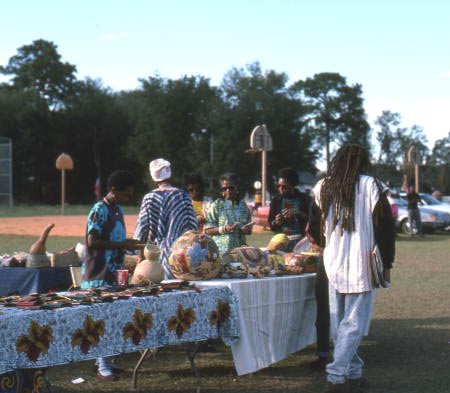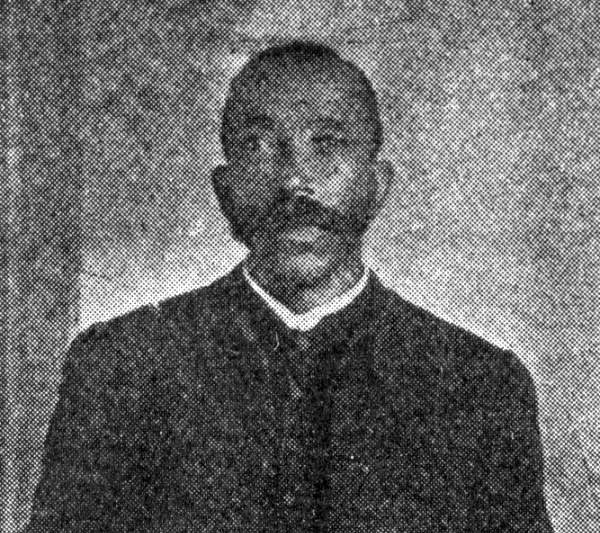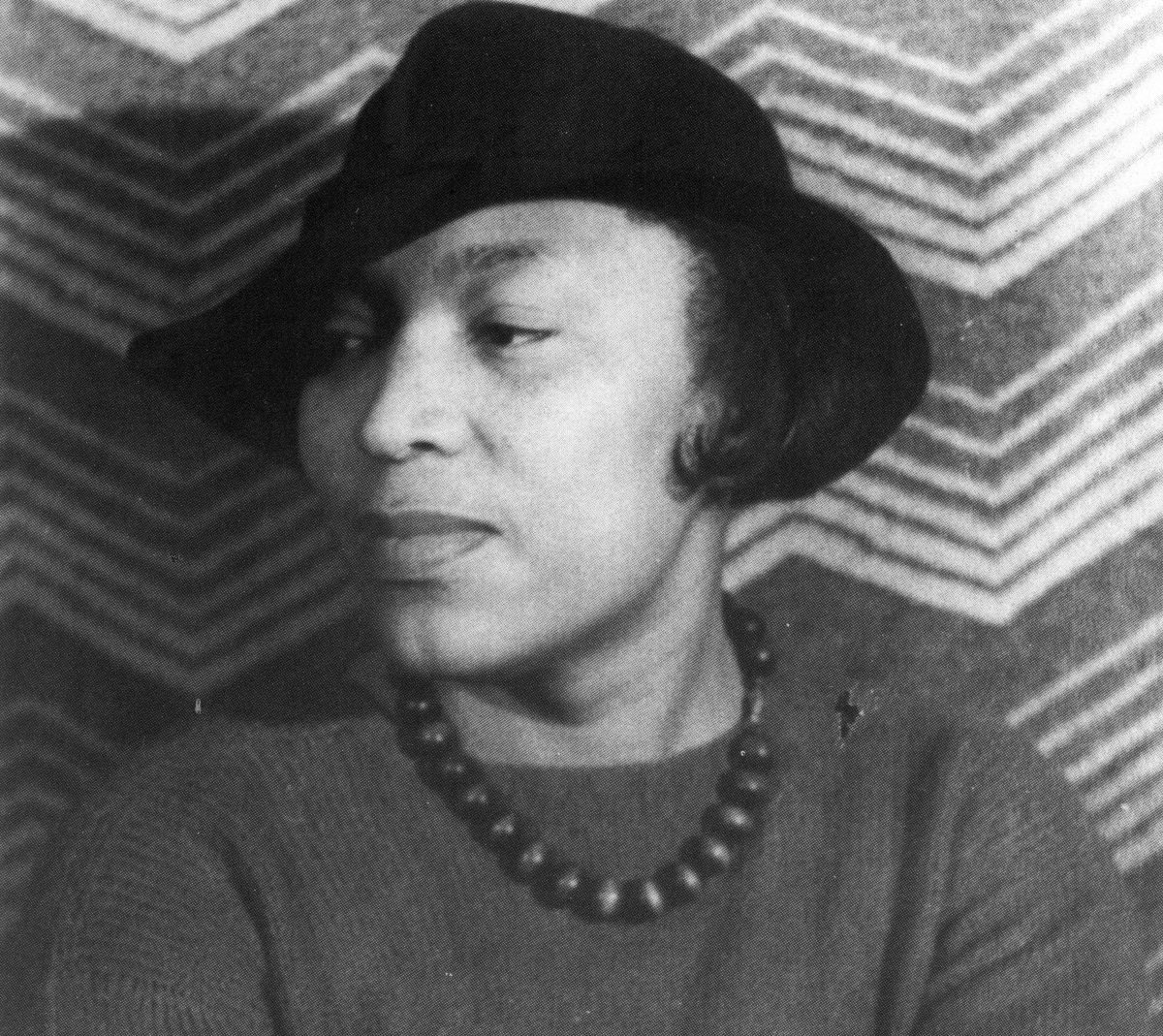|
Funding for this program was provided through a grant from the Florida Humanities with funds from the National Endowment
for the Humanities. Any views, findings, conclusions or recommendations expressed in this website do not necessarily represent those of Florida Humanities or the National Endowment for the Humanities.
|
|
Florida SouthWestern State College, an equal access institution, prohibits discrimination in its employment,
programs and activities based on race, sex, gender, age, color, religion, national origin, ethnicity, disability,
pregnancy, sexual orientation, marital status, genetic information or veteran's status. The College is an equal
access/equal opportunity institution. Questions pertaining to educational equity, equal access, or equal
opportunity should be addressed to Title IX Coordinator/Equity Officer, 8099 College Parkway, Fort Myers,
Florida 33919, equity@fsw.edu, 239.489.9051 or to the Assistant Secretary for Civil Rights, United States
Department of Education.
|

